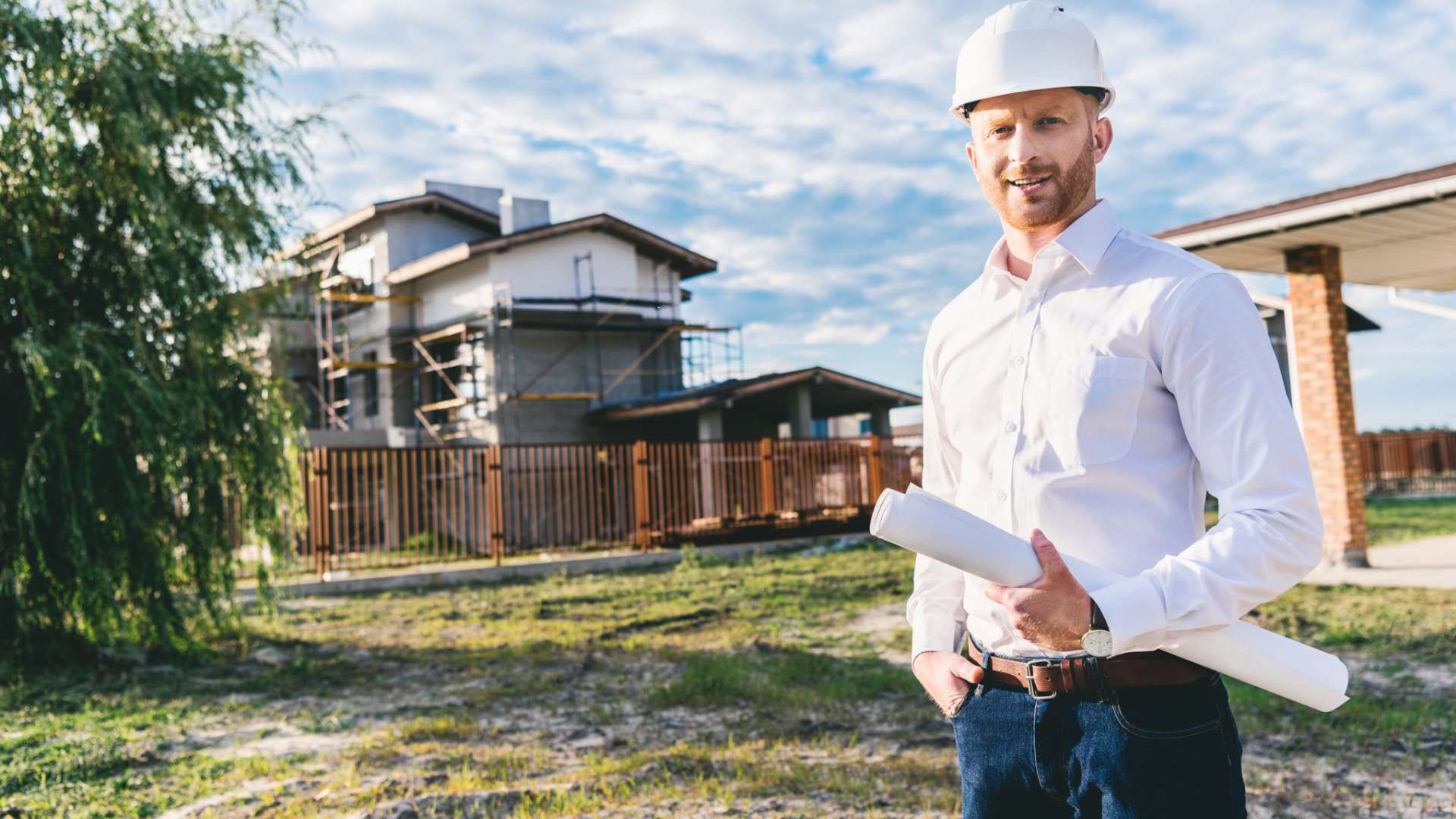Planning to build a new property?
Here’s an in-depth guide on using construction loans to build your dream home.
How construction loans work
When you borrow money to purchase an already-built home, the involvement of the lender is primarily at the beginning of the process. The purchase price is established, and the lender provides the entire loan amount at once. You then proceed to buy the house and begin to repay the loan—it’s typically a straightforward transaction.
In contrast, when you want to take out a loan to build a new house, the lender’s involvement extends from the initial stages through to the completion of the construction process. Instead of disbursing a lump sum, they will release funds in instalments as your property is constructed. These instalments, known as ‘progress payments’ or ‘progressive drawdowns,’ align with the various stages of construction.
Construction loans are generally interest-only loans for the duration of the build. During each construction phase, interest is calculated solely on the amount that has been drawn down. For instance, if you have drawn $100,000 from a total loan of $300,000 for the lock-up or fit out stage, interest is only charged on the $100,000 already used. After the project completion and the final progress payment, you will transition from making interest-only payments to repaying both the principal and interest. This marks the beginning of your contracted loan term (e.g. 25 years).
Why pick construction loans over standard mortgages?
Construction loans—and the mechanism of progress payments—offer these upsides:
Typical building stages—and how often progress payments are made?
Progress payments during the construction of a home are typically scheduled and structured around five key stages. Upon completion of each stage, you are required to submit relevant claims, invoices & receipts to your lender so they can release the next instalment of the progress payment and ensure a smooth financial flow throughout the construction process. Here’s how this process typically unfolds:
1. Slab Stage
This initial construction phase involves measuring and pouring the concrete slab foundation of the home, followed by the installation of plumbing and drains.
Funds required: Roughly 15 to 20% of the total loan amount.
2. Frame Stage
Following the slab stage, the construction focus shifts to erecting the property’s framework. This may also include installing support structures, electrical conduits and insulation.
Funds required: Around 20%.
3. Lock-up Stage
This stage sees the property begin to take shape externally, with the installation of walls, doors, roofing, and windows, enabling the property to be 'locked up.'
Funds required: Approximately 20%.
4. Fit-out Stage
With the exterior secured, attention turns to the interior, installing fittings and fixtures like lighting and plumbing, as well as kitchen and bathroom components.
Funds required: About 30%.
5. Completion Stage
The final stage addresses all the remaining tasks, including plumbing and electrical finalisations, painting, detailing, and site clean-up.
Funds required: Roughly 10%.
How much can you borrow to build a house?
Lenders typically offer financing ranging from 60% to 95% of the loan-to-value ratio for residential home construction projects. The specific amount you can secure through a construction home loan may also depend on your financial circumstances. Additionally, if you’re taking on the construction project as an owner-builder, you may be required to provide a 20% deposit or security—or a mix of both.
Engage with an experienced mortgage broker to explore your financing options and better understand how construction loans and progressive drawdowns work.
Typical timeline of a construction loan process
How do construction loans work when you own the land?
When you own the land on which you plan to build, you may enter the construction loan process with a significant advantage. The equity inherent in your land can act as a powerful lever in enhancing your borrowing capacity, making it a compelling asset when negotiating loan terms with lenders. This equity can sometimes serve in place of a traditional cash deposit, further easing the initial financial burden of construction.
Moreover, lenders assess the value of your land through a recent valuation to determine your construction loan amount, with the loan-to-value ratio (LVR) playing a crucial role in this assessment. A lower LVR, indicating you have substantial equity in the land, can lead to more favourable loan terms, such as avoiding the Lender’s Mortgage Insurance if the LVR is below 80%.

However, leveraging land as equity is not without its considerations. The benefits, such as increased borrowing power and potentially better loan terms, are balanced by risks, including the dependency on recent land valuation and the possibility of losing the land if loan repayments are not met. It’s also important to distinguish between land loans, which are solely for purchasing land and might come with higher interest rates, and construction loans, which cover the building process and often consolidate the land purchase into a single mortgage upon completion.
How can we help?
Our team of construction loan specialists are ready to help explain construction loans and progress payment schedules more in detail. We’re here to clarify all your options and calculate your borrowing capacity. Additionally, we’re equipped to recommend a property valuer and facilitate the necessary valuation on your behalf.
Whether you own the land on which you plan to build or not, partnering with Deltos Finance means every phase of your construction journey is thoroughly supported. Our expert team is here to ensure the exact vision of your dream home is realised.
Why choose Deltos Finance to guide your construction loan application?
The Deltos Finance Promise
We’re here to help make it easier. If there’s something in this construction loan guide you don’t understand or need more explanation, kindly pick up the phone or email us today.




